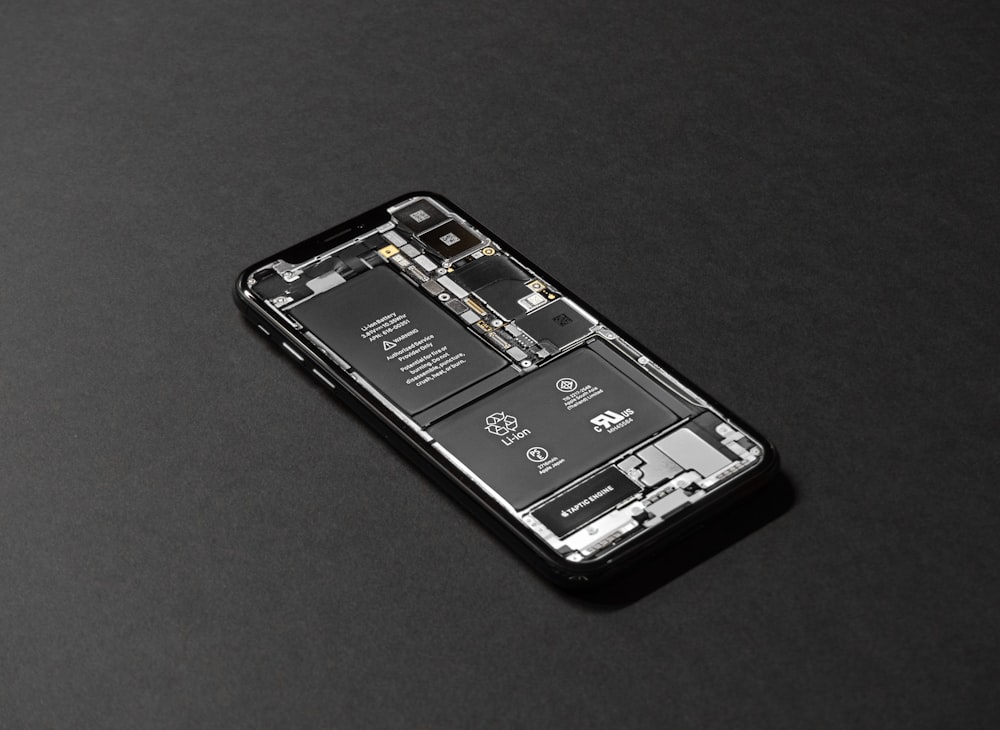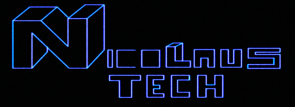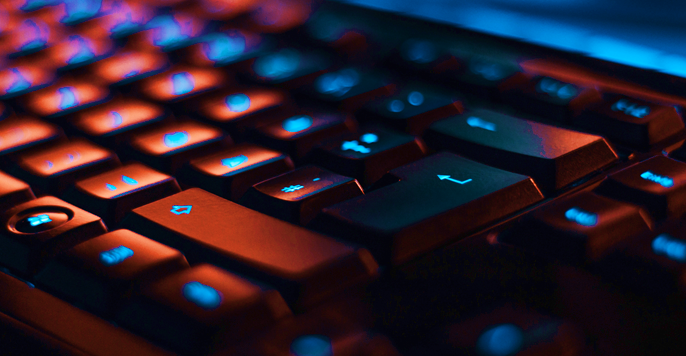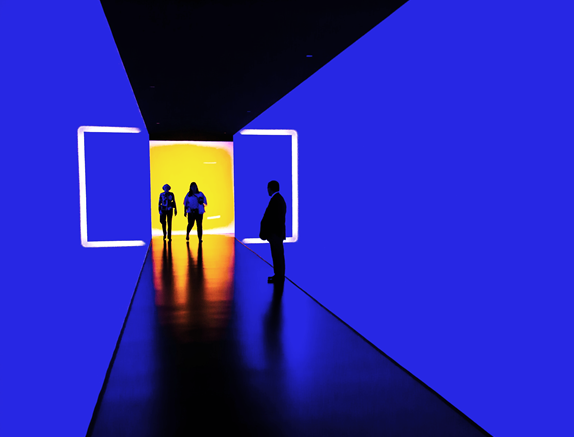As seen by a recent Xiaomi charging technology showcase video linked below and titled “#MiAirCharge Technology | Charge Your Device Remotely”, it shows that of an advanced charging capability in the form of a smart household technology. This minute-long video was sent to me as a link by a fellow colleague I am working with, and it shows some of its benefits and features in futuristic fashion. “Looking ahead, smart living goes truly wireless” the narrator says, which brings an idea and vision that is potentially associated with taking a big step in everyday smart living. But this addresses some interesting questions; How far away are we from the point where this charging technology is implemented on a global scale? Is this charging radioactive? Will the charging be fast? Is this in any way similar to one of Nikola Tesla’s greatest concepts?

Figure 1: Photo by Xiaomi [1].
Many of these questions have already been answered on the YouTube-channel “Mrwhosetheboss” by Arun Maini. A wireless power station is the main “charging” element. The basic principle is that the power station figures out where the phone is within a room and fires a beam or wave of electricity towards it, thereby charging through “air”. The technology is a Mi (Millimeter) wave technology. However, this technology is not completely new, as it has been worked on by a number of companies, and currently also by Motorola, in addition to possibly many others.
As addressed by Arun, the battery could be reduced as the technology gets better, and the development of this technology with a high sales price may be possible within the next decade. In regards to batteries, with an approximately 2-3 year life span for phone and other smart device batteries, these are the fastest degrading component as part of the unit. A development of this technology will in return also allow for smaller sized devices which are less thick. This may in fact be one of the biggest positive consequences, as less electrical waste could be the case in the future.

Figure 2: Photo by Tyler Lastovich on Unsplash.
On the question of whether or not the charging will be somewhat or even cause a small amount of radiation, or associated adverse affects on human health, is something that will be addressed over time with its development. Nevertheless it can be assumed that this technology will be non-ionizing to avoid negative impact on health and wellbeing of ourselves, pets, plants and food, and that would also be the long-term goal of a company as big and well-received as Xiaomi.
Due to the lack of conductive materials between the charging and charged interface, the charging capability of such a technology could be considered to be slow. But as this technology improves, it can be assumed that this may increase over time as well.

Figure 3: Photo extracted by Gordon Johnson from Pixabay.
As a slight deviation from this topic, which is merely due to an intriguing question on similar developments in the past, there might be some relevance between this Mi technology and one of Nikola Tesla’s concepts [3]. Tesla’s idea of a “World Wireless System” and wireless transfer of electrical energy could be slightly or even drastically different from this technology, depending on how Xiaomi and other companies decide to apply these concepts in practice; will they be similar to 5G, how can the efficiency be increased and what are the materials?

Figure 4: Photo by John Barkiple on Unsplash.
However, even with some of these uncertainties, there are some similar characteristics between Tesla’s and Xiaomi’s concepts. Both concepts are dealing with transferring energy and charges through the air as well as creating a possible potential difference between the device’s battery and the power station, and possibly oscillations of the waves. With these similarities, it shows how inspiration and ideas from one of the most intellectual and creative problem solvers throughout history that has approached implementing such technology in the form of wireless energy transfer, is not too far from Xiaomi’s transition into modern smart high-tech living. With the right funding or the tools to implement such technology, which Nikola Tesla may have lacked at the time, shows that we are living in what is certainly and interesting time of trends of new and advanced technologies.
A different, but interesting concept as well, which on the other hand is not based on waves, is that of photon technology used by solar panels. The solar panels take the energy from the particles in the form of light, and store the energy in batteries, such as DC voltage from an AC signal that is generated.
Some of the latter information have been put together from YouTube comments related to the Xiaomi showcase, and poses many intriguing questions about where we will be heading in the future. Technology has certainly come a long way and it will be interesting to see the developments where smart and household technologies will take us next.
Sources
[1] Xiaomi. 2021. https://www.youtube.com/watch?v=xsFHKCcV2rg
[2] Maini, Arun. 2021. https://www.youtube.com/watch?v=PvWMeo1tcgQ
[3] Suffolk University Blog. https://sites.suffolk.edu/xenia/2016/02/17/nikola-tesla-and-his-work-in-wireless-energy-and-power-transfer/


